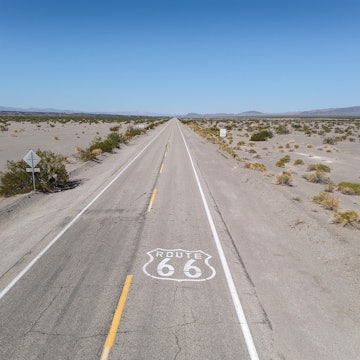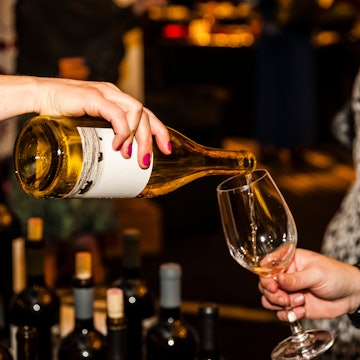

A Sonoma vineyard. Joe Becerra/Shutterstock
Amid velvety green valleys and oak-covered hills, more than 425 wineries flourish on 63,000 acres of vineyards, producing some of the nation’s best pinot noir, zinfandel and chardonnay — 99% of which are sustainable. Welcome to laid-back Sonoma, located an hour north of San Francisco (depending on traffic), yet a world away.
Before we get going, let’s get one thing straight. There’s Sonoma Valley, which is a winery haven unto itself, featuring California’s oldest commercial winery and centered on the town of Sonoma. And then there’s Sonoma County, in whose southern realm Sonoma Valley is located, which is an even greater wine haven. The boundaries don’t really make a difference, but just know that when we say Sonoma, we’re talking about a county with many different valleys and 19 distinct wine regions — and it's really fun to explore.
Here you’ll find a variety of small, friendly towns with acutely local farm-fresh cuisine and cozy accommodations for every budget, along with primo wine-centered activities, including wine tasting, wine festivals, spa treatments using local products (cabernet-grape-seed scrub, anyone?) and “wiking” (hiking and wine tasting).
But there’s more. Here, too, you can explore 55-plus miles of Pacific coastline, with remote beaches and plummeting cliffs; trail-laced parks shaded by old-growth redwoods; the slow-moving Russian River, ideal for kayaking or just lying on a sandy beach; and plenty of Western history, including California’s northernmost Spanish mission and author Jack London’s former home and ranch.
Get ready to explore one of California’s most special places, where you can sink into the friendly, farmtown vibe and relax, while tasting some of the world’s best wines, and so much more.
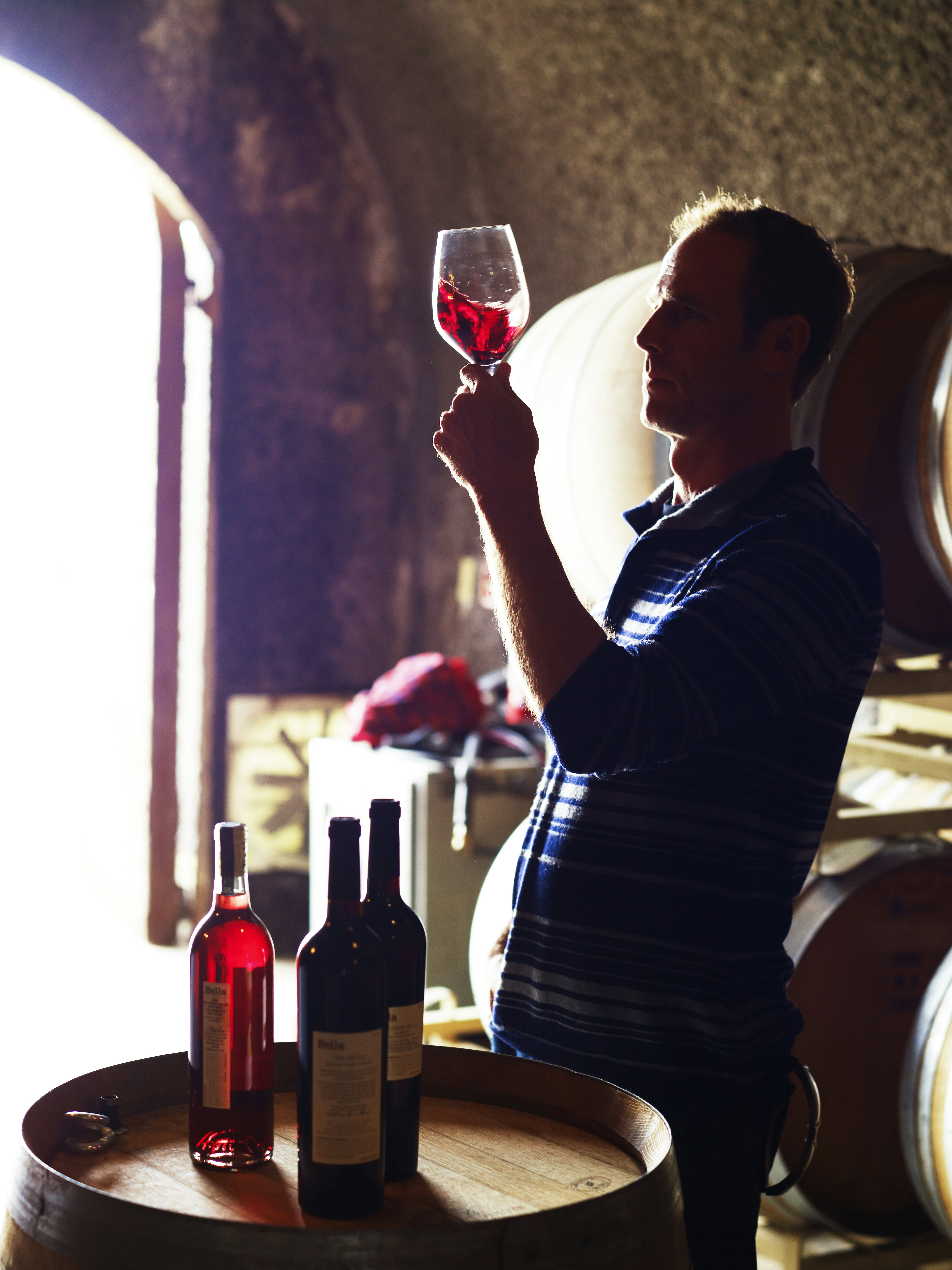
When should I go to Sonoma?
Summer and fall are the best seasons to visit Sonoma, when you’ll find sunny, blue skies and temperatures in the mid-80°Fs. The absolute best time (crowds aside) is September, as the autumn harvest revs up, and winery tours and grape harvesting are in full swing. While summer can be a tad warm for outdoor activities (unless you get up early), autumn is ideal for hiking, wiking tours and biking lanes lit up with autumn color.
If you want to avoid the crowds (and higher prices), winter is better — though the weather is cooler and can be rainy. Dungeness crab season kicks off in November, and mustard season runs from January to April, when the vineyards come alive with bright yellow carpets of mustard. Personally, I always find May to be really nice. The crowds haven’t yet descended, prices are lower and the weather is sunny and warm every day.
Remember that Sonoma can be considerably more affordable in the off-season — November to early March, and especially in January and February. During this time, you’ll have more intimate experiences at the wineries, with chances to chat with the employees and owners. And you won’t need to reserve restaurants far in advance at some of the better-known restaurants.

How much time should I spend in Sonoma?
Here’s the deal. There are many different Sonomas to visit. You could fill a weekend — or an entire week — visiting its various vineyards on a supreme wine-tasting quest. If you’re into history, you could spend a day exploring Spanish mission history and learning about the Bear Flag Revolt (a quickly quashed insurrection in 1846 in which a dozen grizzled men tried to establish the Republic of California) in the town of Sonoma plus delving into the life and times of one of America’s favorite writers at Jack London State Historic Park in Glen Ellen. You could add on hiking through redwoods, kayaking the Russian River, exploring art galleries... the list goes on.
So how much time should you spend in Sonoma? If you have just a weekend, center yourself in one of the towns — Healdsburg or Sonoma are the best choices for first-timers. Visit nearby vineyards, savor long, farm-fresh meals, and soak in the surrounding beauty. This is, after all, what Sonoma is most beloved for.
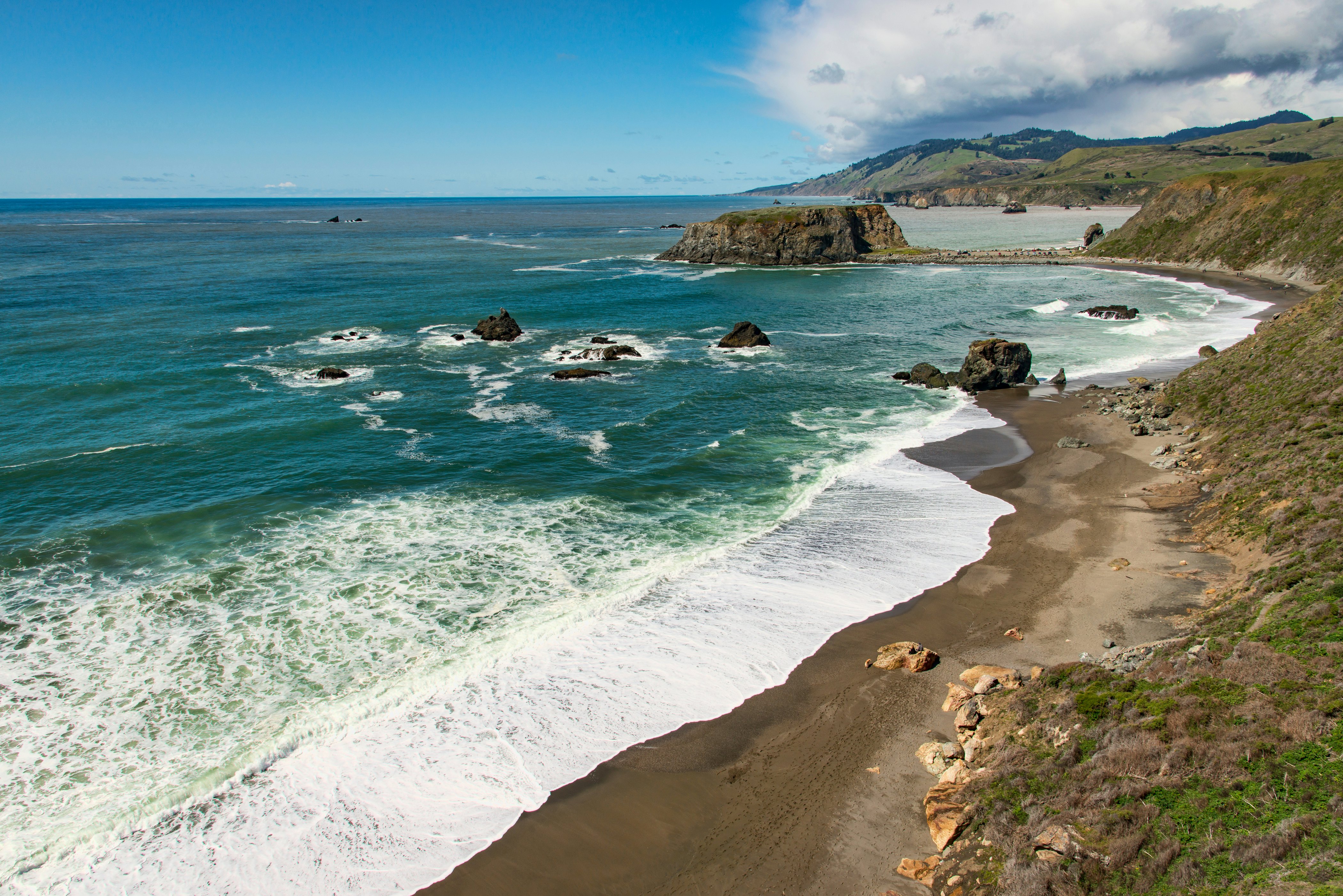
If you have more time, go beyond the wine-and-food theme by venturing to the coastline, where tiny fishing villages nestle into scenic coves and local fish joints serve up some of the freshest seafood around. Or stroll through towering, fog-shrouded redwoods at Armstrong Redwoods State Reserve; or explore rolling hills and incredible Russian River views at Healdsburg Ridge Open Space Preserve. You could even throw down your beach towel at the Russian River and kayak or splash in the cool waters. It's possible to spend a week or more here and still have new things to see and do.

So which town should I stay in?
These towns are the best choices for first-timers, each with their own vibe. They make good weekend getaway bases, and if you want to stay longer, you can try them both out!
Healdsburg
This sophisticated small town, located in Sonoma’s northern realm, centers on Healdsburg Plaza, dating from 1872. Here, tasting rooms sit alongside locally owned boutiques, art galleries, restaurants and more. You’ll find several bucket-list restaurants here, including SingleThread Farm Restaurant, offering refined tasting menus in an intimate setting; and Valette, where local farmers and winemakers showcase their craft to perfection. The town is also known for luxe accommodations including Healdsburg Inn on the Plaza and Hotel Healdsburg. (There are plenty of other options in other price ranges as well.) Healdsburg is centrally located to more than 100 world-class wineries and tasting rooms, making it an ideal wine-tasting hub. Among the best are Dry Creek Vineyard, Williamson Wines and Blanchard Family Wines, though honestly, you won’t go wrong anywhere you go.
Sonoma
If it’s history you’re after to complement your wine, Sonoma is it. For starters, this bustling town — a little bit larger than Healdsburg — is where you’ll find Mission San Francisco Solano (also called Sonoma Mission), the northernmost California mission, founded in 1823. Just like Healdsburg, Sonoma centers on a leafy square, lively with more than 100 tasting rooms, shops and restaurants. And, of course, there are wineries in the vicinity, too, including Buena Vista Winery, California’s oldest commercial winery (founded by Hungarian count Agoston Haraszthy e Moksa in 1857), whose caves have been declared historical landmarks. Among the many hotel options, luxurious Fairmont Sonoma Mission Inn and Spa has mineral pools, farm-to-table dining and balcony-adorned rooms, set on 13 acres of beautiful grounds. And if you’d like to sneak in a hike in between sips, Sonoma Overlook Trail is sublime, offering fabulous vistas of wild Sonoma.
Are there off-the-beaten-path places to base myself?
Yes! Sonoma offers an eclectic range of towns beyond Sonoma and Healdsburg, all of which offer superior wine-tasting experiences. You might find lower prices as well. They include:
Bodega Bay
If you want to stay by the sea, tranquil, wind-swept Bodega Bay has an abundance of seafood (try Spud Point Crab Company), wineries (the chardonnays and pinots at Sonoma Coast Vineyards shine) and supreme sunsets. This is where Alfred Hitchcock’s 1963 movie The Birds was filmed; you can still see the creepy church.
Occidental
Tucked into thick redwoods, bohemian Occidental is close to both the Pacific Ocean and the Russian River. You’ll find healthy restaurants, homegrown shops and art galleries here.
Petaluma
Perched on the Petaluma River, this small city is laid-back and artsy; it’s made a mark in the foodie realm, most notably with cheese — stop by the Petaluma Creamery, a local institution for more than a century.
Santa Rosa
This is a larger, sprawling town where you’ll find less-expensive chain hotels. It’s a good base for wineries, as well as the Russian River. Here, too, is the Charles M. Schultz Museum (the Peanuts cartoonist lived here for more than 20 years before his death in 2000), plus a world-class beer scene, including the Russian River Brewing Company. Expect to stand in line for up to six hours when its legendary Pliny the Younger triple IPA is released in spring.
What is the best way to get to and around Sonoma?
Charles M. Schultz–Sonoma County Airport (STS) in Santa Rosa offers nonstop flights from many major US cities — and it avoids traffic jams you may encounter driving from the San Francisco Bay Area. Otherwise, San Francisco International Airport (SFO) and Oakland International Airport (OAK) are 60 to 90 minutes away; rent a car and drive up US 101. Once you’re here, you will need a car to get around. That said, if you’re wine-tasting, you may want to consider a tour company such as Pure Luxury or California Wine Tours to take you around; many leave from San Francisco and most Northern California cities.
Which are your favorite wineries?
I would start off with Littorai Wines, in Anderson Valley. It’s small and family-run and has mastered sustainability — evident in its thriving acres of gorgeous farmland, meadows and woodlands. It’s not a fancy place, but it’s friendly, and its high-end, cool-climate chardonnays and pinot noirs are always good. Another favorite is Russian River Vineyards, in the heart of the gorgeous Russian River Valley. It’s rustic, casual and welcoming, with lots of food and wine offered by the glass and bottle; there’s often live music and lots of dogs — a true “one stop shop estate.” Oh, and its wines are exquisite, including a silky syrah that I adore. And I can’t forget Talisman Wine, famed for its pinot noirs. You can do a flight of different pinot noirs and see how different they can be, depending on factors like the terroir, age and elevation. Fascinating!

Are there any unique experiences I shouldn’t miss?
Sonoma offers all kinds of ways to experience wine country. Here are some of my favorites:
Food and wine tours are extremely popular, with the Healdsburg Wine & Food Walking Tours being one of the best. You’ll learn about local history and architecture as well as current food and wine trends.
Larger-than-life sculptures by Keith Haring, Doug Aitkin and more dot the 200-acre Donum Estate; the Carneros Experience will get you a walking tour of the estate as well as wine tasting.
Buena Vista’s latest owner, Jean-Charles Boisset, is almost as eccentric as the Hungarian count who was the original owner; the winery hosts various living history extravaganzas throughout the year that shouldn’t be missed.
More than 10,000 tulips bloom every spring at Ferrari-Carano Vineyards and Winery in Healdsburg. It’s spectacular!
Glamping at AutoCamp Russian River offers the chance to sleep in an Airstream beneath the redwoods. Very cool!
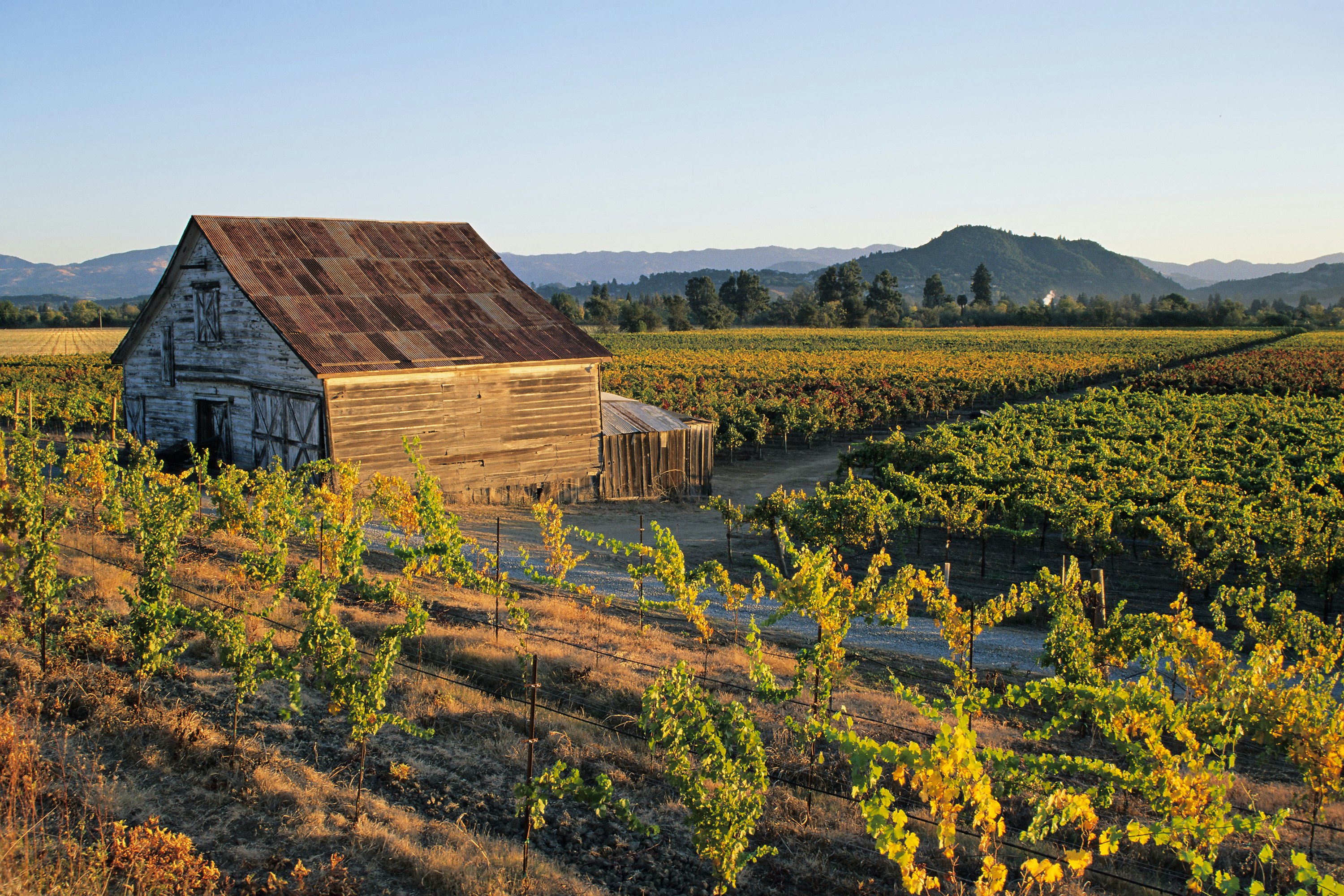
What is your favorite thing to do in Sonoma?
Drink wine! What I love most about Sonoma is that its wineries remain friendly and down-to-earth, like Napa was decades ago. And you’ll find clusters of them hidden away in breathtakingly bucolic areas. One of my favorite places to explore (and taste wine) is Dry Creek Valley near Healdsburg. If you follow West Dry Creek Rd, a quiet, rolling route winding past mountainscapes dotted with family-owned wineries, you’ll taste some of the region’s best. This is zinfandel country, with highlights including Quivira Vineyards, Preston Farm & Winery and Bella Vineyards & Wine Caves. Pack a picnic lunch beforehand at one of the region’s delis and find an idyllic spot to enjoy along the way (you can’t go wrong with Lambert Bridge Winery’s gardens). The Dry Creek General Store is a good place to stock up.
I’m also an outdoor fanatic, and I love what Sonoma offers in that realm. The Russian River is sublime for water sports (I remember canoeing there as a child), the quiet, vineyard-edged roads are ideal for biking and there’s plenty of hiking, too. I’ve already mentioned the Sonoma Overlook Trail, but other favorite hikes include the Pioneer Nature Trail at Armstrong Redwoods State Natural Reserve, beneath the redwoods, and the Kortum Trail in Sonoma Coast State Park, taking in cliff and ocean views.
I also love popping into art galleries, and Sonoma’s towns are full of them. I still remember a stunning painting of a leopard in an Occidental gallery that I debated buying. All these years later, I wish I had.
How much money do I need in Sonona?
Sonoma is generally considered less expensive than neighboring Napa Valley, but that doesn’t mean you’ll lack comfort. You can still pull out all the stops, staying at such luxe venues as Farmhouse Inn and Montage Healdsburg, where prices can be more than $1000 a night. But you can also be more frugal at country inns and Airbnbs, or consider staying in a farther-flung location, such as Petaluma or Santa Rosa.
Meals also run the gamut, from vineyard-chic to picnic prudent — you’ll eat well, no matter what.
Remember that during the off-peak season, prices are generally lower — hotels, for example, can be up to 50% off their peak prices. Many places require a two-night stay during the high season.
A guide to daily costs
Basic room for two: The average price in high season is $500 and more, though you can find rooms for less than $200 for more basic venues, especially in Petaluma and Santa Rosa.
Airbnb: Accommodations range from $100 to $300 a night.
Camping: Sonoma County Regional Parks features more than 200 year-round campsites on the Sonoma coast and in the heart of wine country — you can choose sites among steep mountains, lakes, marshes, sandy beaches, flower-filled meadows and redwood groves. Reservations are required and can be made up to a year in advance. Prices range from $50 to $100 a night.
Coffee: $4 to $5.
Brunch: $30.
Sandwich at a deli: $10.
Dinner for two: On average, you’ll spend upward of $125 to $200 for a nice wine country dinner with a bottle of local wine.
Wine tasting: Wineries generally charge $25 to $65 per tasting.

What should I pack?
People always assume that California is warm, and even though the days can be hot in summer, the temps are always changing — and it always cools down at night. The key is to dress in layers, no matter the season. In winter you’ll need a warm coat.
Do I need to make reservations at wineries for wine tasting?
Some wineries require appointments, and some don't. I recommend calling ahead anyway, especially in summer, for fear of losing out.
Is there a savings pass for wine tasting?
The Priority Wine Pass is accepted by more than 350 wineries for two-for-one wine-tasting discounts throughout the state, including Sonoma (see the list here). It also offers savings on cave tours, VIP tours, unique food pairings, hotels, transportation and free tastings that aren’t published anywhere. The pass costs $49 for three days ($69 for a year).
Did you say Sonoma is famous for Dungeness crab?
Yes! The small fishing village of Bodega Bay has them in abundance in season, which runs from November through late June. There are lots of places to try them, but the Boat House is a local favorite. It’s a small shack along the side of the road serving up crab cakes, sandwiches and more. If there’s no room at one of the tables overlooking the water, place your order to-go at the counter and then head to the beach.








